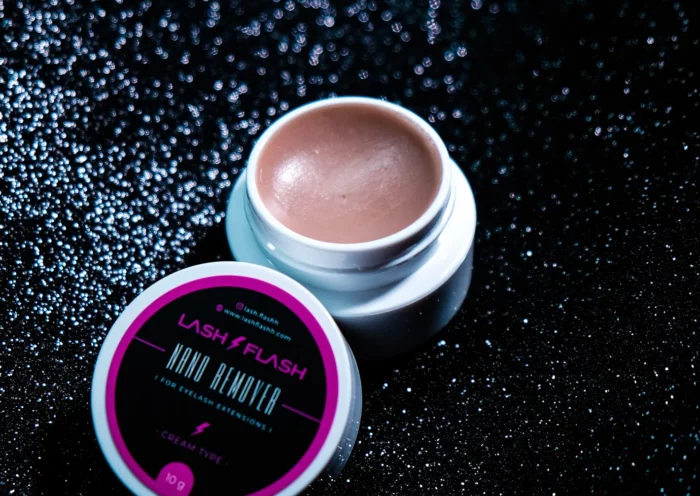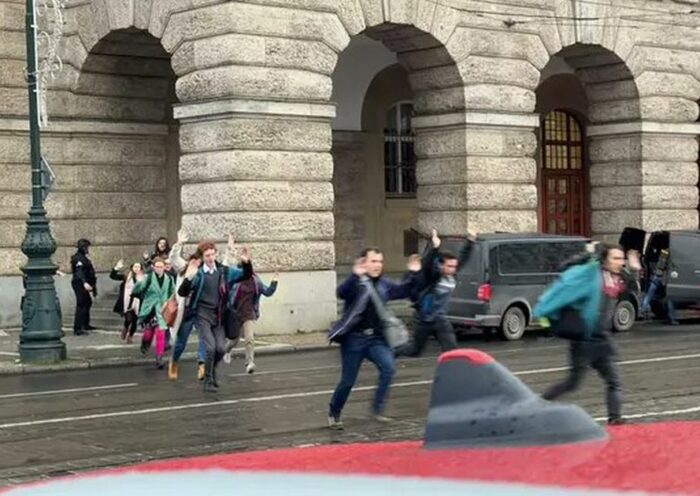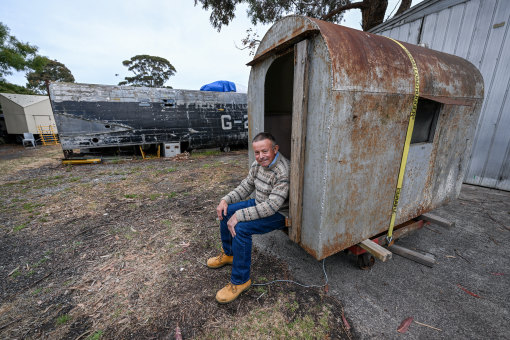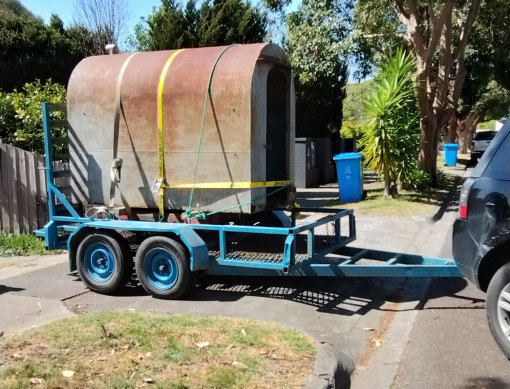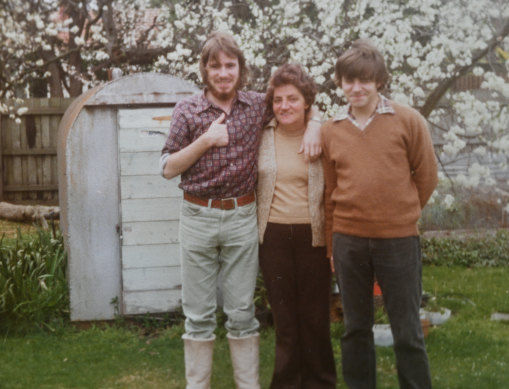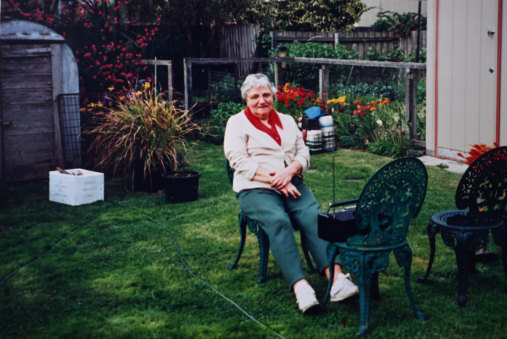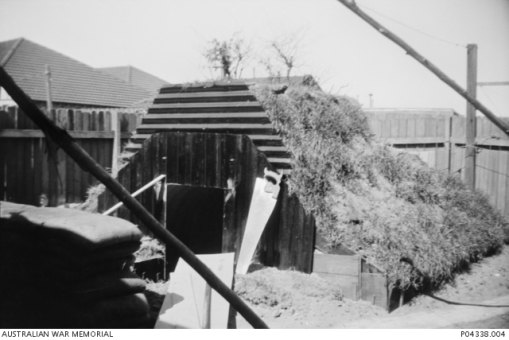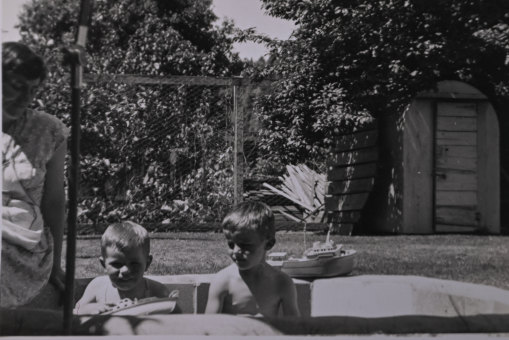Speed up lash application with Lash Flash tools In the competitive world of lash extensions, efficiency is key to success. Lash artists strive to deliver…
Children’s cubby, shed, bomb shelter. A WWII relics’ path to a museum
Save articles for later
Add articles to your saved list and come back to them any time.
In post-war family photos it was a cute children’s cubby and shed, but the little hut in Rodney Binns’ Melbourne backyard played a serious role in World War II.
Fear of enemy air attack was rife in the early 1940s, and many Australians installed air raid shelters.
Gimme shelter: Rodney Binns at Moorabbin Air Museum with the air raid shelter he donated.Credit: Joe Armao
Now this 80-year-old structure, which resembles a horse float, is set to go on public display, as a forgotten relic of Melbourne’s war on the home front.
The solid steel hut with wooden floor, built to house up to four people, was saved from the scrap heap by Binns, who recognised its importance when he was selling the property after his mother’s death.
It took Binns and six volunteers to prise the heavy, plate steel 1.6-metre-high structure from the yard in Bright Street, Brighton East and transport it to its new home, Moorabbin Air Museum, in the Moorabbin Airport precinct.
Previous donations to the museum have included an oil tank purportedly from German flying ace the Red Baron’s plane that was shot down in WWI in France, and the first Victoria Police helicopter.
Volunteers towed the air raid shelter from a Brighton East property.
Museum general manager Ewan McArthur praised the donation of the “unusual wartime artefact” and said he was not aware of any like it.
“It’s awesome. It’s absolutely fantastic,” McArthur said.
“It tells a story, not just about things to do with aviation and wartime production, but we can tell the story of life in Melbourne during the war and the fear that hung over everybody.”
Binns’ parents told him that the shelter’s original owner was their next door neighbour Allen Bingham, an engineer.
Left to right, Geoff Binns, mother Madeline Binns and brother Rodney Binns, with the shelter in the background, circa late 1970s.
When Bingham moved out, around the time Binns was born in 1956, he gave the family the shelter, and it was shifted to their yard by removing a panel in the fence.
Binns said his mother Madeline, told him the shelter had been made by the Commonwealth Aircraft Corporation (CAC).
During WWII, the Corporation, based in Fishermans Bend near Port Melbourne, made aircraft, but McArthur says they also made parts and tools, and the shelter could have been a staff project or prototype.
According to research by Museums Victoria senior curator Deb Tout-Smith, Allen Bingham was a manufacturer of machinery and metal fittings in South Melbourne.
Rodney Binns’ mother Madeline Binns in front of the air raid shelter in the 1980s.
McArthur said: “He’d have had connections and he may have worked at CAC under contract.”
Bingham may have been an inventor. He took out a patent for pitting fruit in 1940, Museums Victoria found.
According to the Shrine of Remembrance, such air raid shelters were not uncommon in Australian yards during WWII.
Shrine curator Neil Sharkey said while Melbourne was not directly targeted by enemy bombing, people’s fears were not unfounded.
A backyard air raid shelter in Gardeners Road, Mascot, Sydney in 1942.Credit: Australian War Memorial
“A Japanese reconnaissance floatplane, launched from a submarine, overflew Melbourne on 26 February 1942,” Sharkey said.
“Australians were aware of the devastating air raids in Europe and the bombing of Darwin in the Northern Territory, which occurred on 19 February 1942.
“The attack on Darwin brought the war closer to home and increased concerns about the possibility of further attacks on Australian soil.”
Binns remembers that he and his brother Geoff, now 64, played hide and seek in the shelter as children.
When they grew up, the shelter was used to store wood for a barbecue.
Madeline Binns, left and sons Geoffrey, centre, and Rodney, right, circa 1962 with air raid shelter at right.
After Binns’ mother died, 18 months ago, he prepared to sell the Brighton East house and sought a home for the shelter by approaching the RSL and Museums Victoria. The latter directed him to Moorabbin Air Museum.
Binns says it’s an “excellent outcome” for what he sees as part of our WWII heritage.
McArthur said the air raid shelter will be restored and go on display and could bring out tales of other shelters that existed, or still exist, in suburbia.
In the 1940s, McArthur’s own grandfather, Jim Synan, built an air raid shelter made of corrugated iron and concrete in his yard in Breese Street, Brunswick which could house up to 10 people.
The Morning Edition newsletter is our guide to the day’s most important and interesting stories, analysis and insights. Sign up here.
Most Viewed in National
From our partners
Source: Read Full Article
